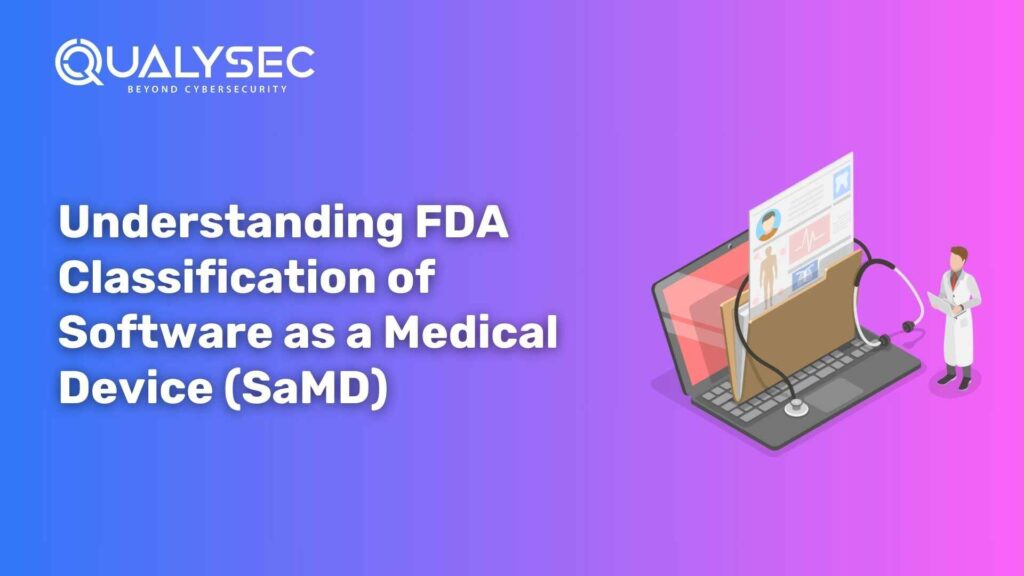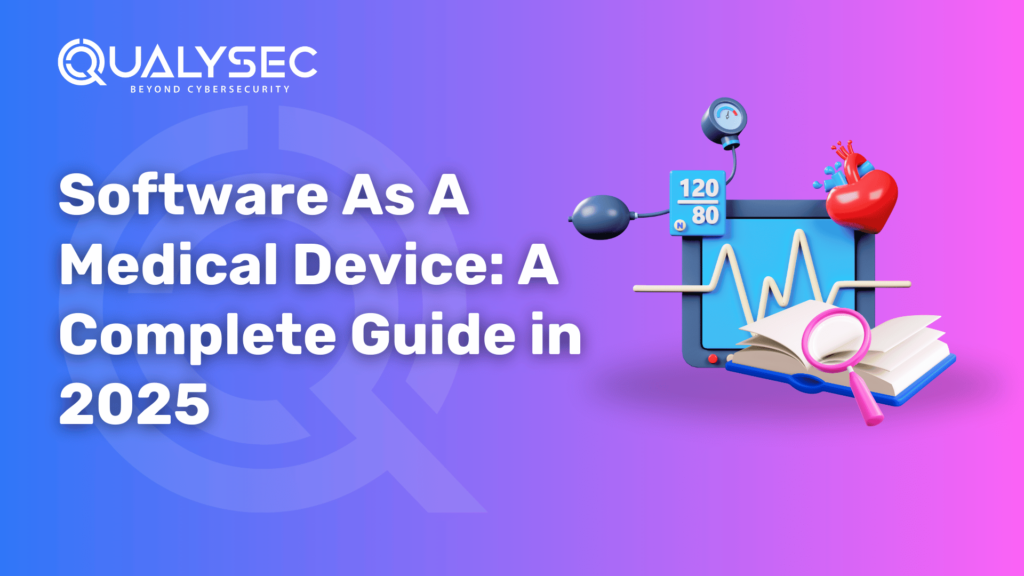Understanding FDA Classification of Software as a Medical Device (SaMD)
The intersection of software and healthcare has revolutionized the way medical care is delivered. With increasing advancements, a growing number of software applications are playing critical roles in diagnosing, treating, and monitoring patients. But did you know that certain software applications are categorized as Software as a Medical Device FDA by the U.S. Food and Drug Administration? If your software falls under this classification, you need to know what that means and what’s required for compliance. This blog will guide you through understanding what Software as a Medical Device (SaMD) is, the FDA’s classification system, and what this means for software developers and healthcare innovators. By the end, you’ll have a solid grasp of how SaMD classification impacts regulatory requirements and market access. What Is Software as a Medical Device (SaMD)? Let’s break it down. Software as a Medical Device (SaMD) refers to software that is intended to perform one or more medical purposes without being part of a physical hardware medical device. For example, a mobile app that analyzes medical imaging to diagnose conditions like cancer or heart disease would qualify as SaMD. The International Medical Device Regulators Forum (IMDRF), a global consortium of regulators, offers a formal definition of SaMD as “software intended to be used for one or more medical purposes that perform those purposes without being part of a hardware medical device.” The FDA aligns its regulatory framework with this definition to streamline processes internationally. Real-World Examples of SaMD To better understand, here are some examples: Why Does the FDA Classify SaMD? The Software as a Medical Device FDA classification ensures that SaMD is safe, effective, and reliable. This classification helps maintain quality standards, which is critical for protecting public health. SaMD products, like other medical devices, can pose risks if they malfunction or produce inaccurate results, which underscores the need for oversight. While SaMD creates groundbreaking opportunities in healthcare, misreporting, glitches, or algorithm biases have the potential to endanger patients. The FDA’s classification system facilitates risk-based regulation aimed at mitigating these issues. “Related Content: FDA Cybersecurity Guidelines for Medical Devices 2025“ How Does the FDA Classify SaMD? The FDA employs a risk-based approach to classify SaMD based on its intended use and risk profile to the patient. SaMD classification relies heavily on understanding – the intended purpose of the software and the potential impact on the patient or user if the software fails. The 3 FDA Classifications for SaMD The FDA classifies SaMD into three categories – Class I, Class II, and Class III, based on intended use and level of risk to the patient. Below, we’ll explore each classification, its criteria, and examples to help you understand the differences. 1. Class I SaMD – Low Risk Class I SaMD encompasses devices with the lowest risk to patients. These are typically tools that support general health management without making critical medical decisions. Criteria for Class I: Examples of Class I SaMD: Regulatory Requirements: Most Class I SaMD products are exempt from premarket notification (510 [k]). However, developers must still adhere to basic FDA regulations, including proper labeling and quality system requirements. 2. Class II SaMD – Moderate Risk Most SaMD falls into Class II, as this category includes software that supports clinical decision-making but does not directly intervene or treat patients. Criteria for Class II: Examples of Class II SaMD: Regulatory Requirements: Class II products require premarket notification in the form of a 510(k) submission. This demonstrates that the software is substantially equivalent to an already approved device on the market, ensuring its safety and effectiveness. 3. Class III SaMD – High Risk Class III SaMD represents the highest risk level. These are devices that provide life-saving or life-sustaining functionalities and significantly influence patient outcomes. The FDA requires rigorous testing and approval for these products. Criteria for Class III: Examples of Class III SaMD: Regulatory Requirements: Class III products must undergo the FDA’s Premarket Approval (PMA) process, the most stringent regulatory pathway. Manufacturers must provide detailed clinical data to demonstrate the software’s safety, efficacy, and reliability. “You might like to explore: FDA Penetration Testing: Why It’s Vital for 510(k) Submission?“ Latest Penetration Testing Report Download SaMD Regulatory Overview: Key Steps for FDA Approval If you’re developing SaMD, here’s how to successfully navigate the FDA approval process: Determine Classification: Research your product’s intended use and compare it to FDA guidelines to identify its classification. Provide Adequate Documentation: Include a comprehensive summary of the device’s intended use, technical specifications, risk analyses, and testing processes. Conduct Clinical Validation: Prove the software’s accuracy and reliability for high-risk Class II and III SaMDs through clinical trials or performance studies. Submit Premarket Application: Whether it’s through the 510(k) notification process or PMA, upload all required compliance information to the FDA. Post-market Surveillance: Continue monitoring your SaMD after approval to ensure its safety and effectiveness in real-world use. Benefits of FDA-Compliant SaMD Meeting FDA requirements isn’t just about jumping through hoops. It offers developers numerous advantages: Market Access: FDA approval or clearance grants access to the U.S. market, one of the largest healthcare markets globally. User Trust: Compliance tells users they can confidently rely on your software. Competitive Edge: Having a robust regulatory pathway in place can differentiate your product in an increasingly crowded market. According to market reports, the global SaMD market is projected to grow from $5.4 billion in 2023 to $10.9 billion by 2028. Regulatory clarity from the FDA plays a significant role in accelerating innovation in this space. Talk to our Cybersecurity Expert to discuss your specific needs and how we can help your business. Schedule a Call Final Thoughts! Proceeding for Software as a Medical Device FDA classification may seem complex, but it’s an essential step toward transforming healthcare through innovation. Whether you’re developing low-risk wellness apps or advanced diagnostic tools, ensuring compliance not only protects patient health but opens doors to business growth and international recognition. If you’re unsure where to start, prioritize understanding risk levels and regulatory requirements.





